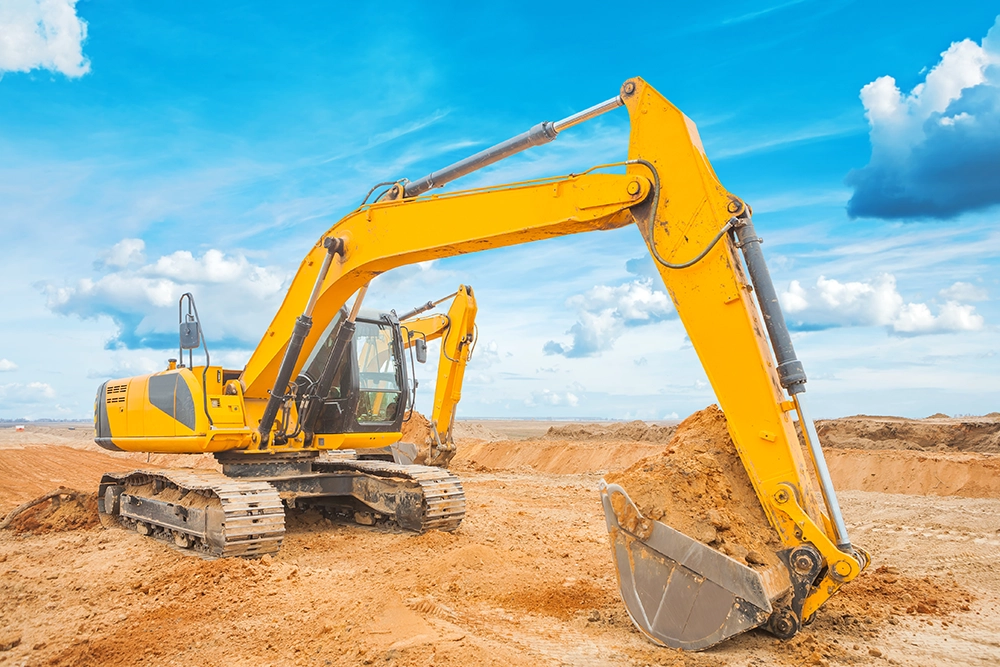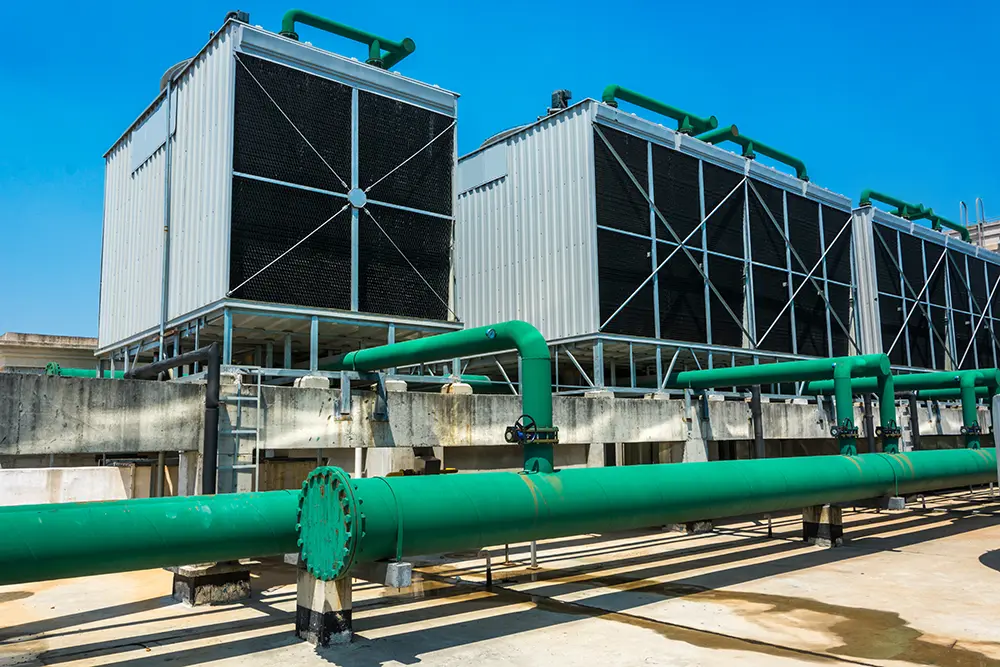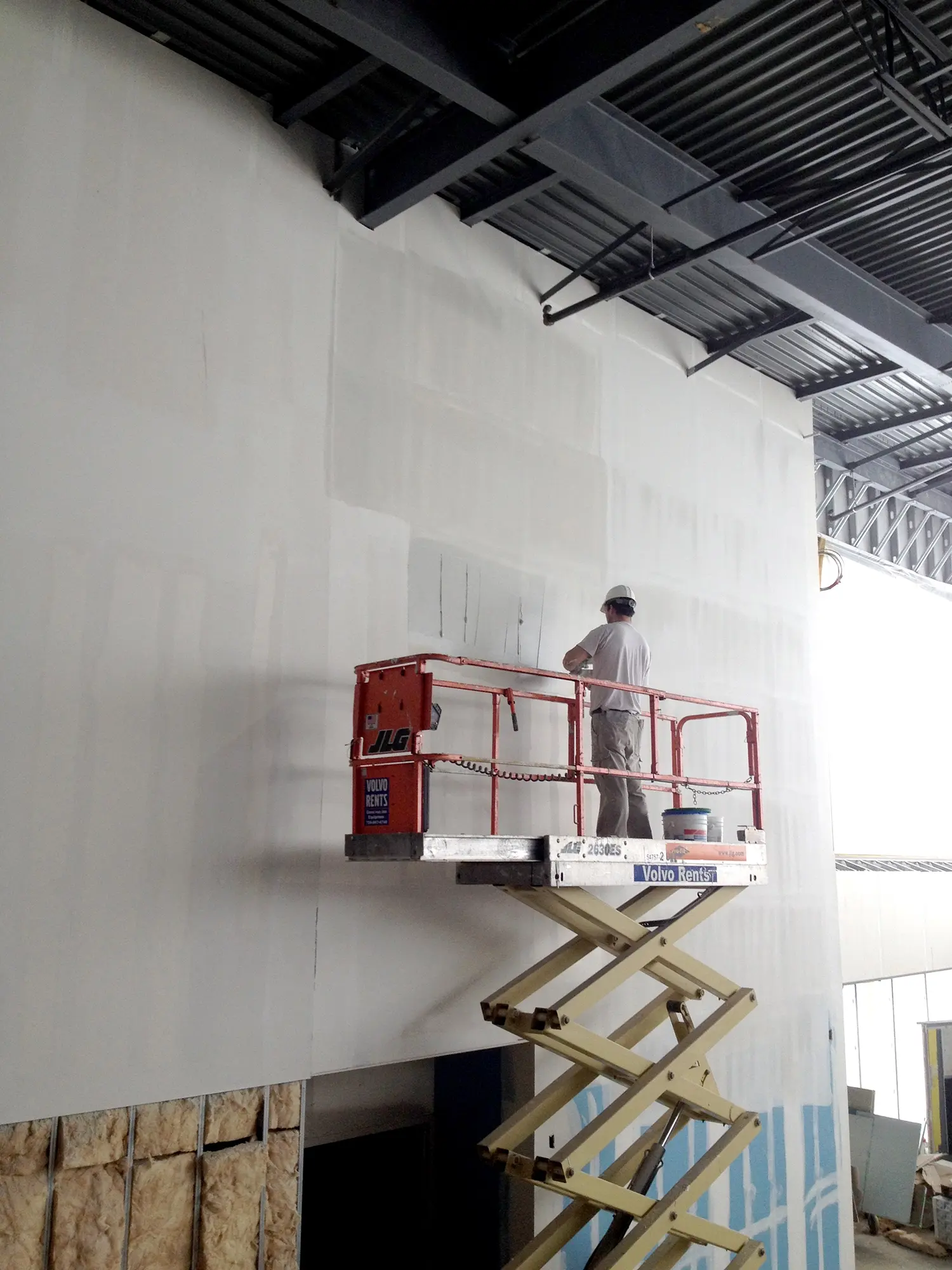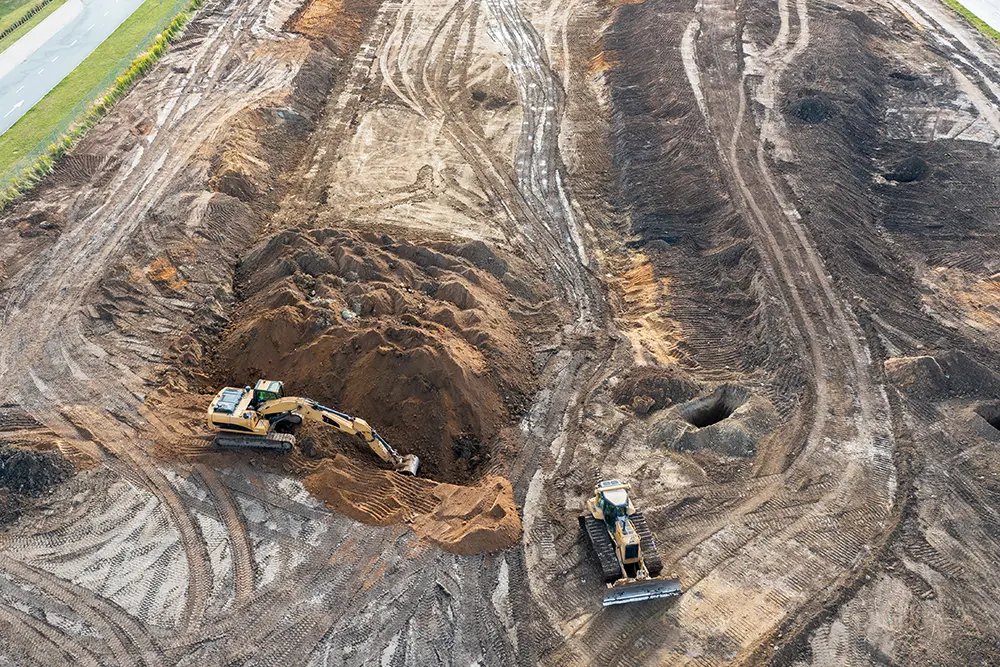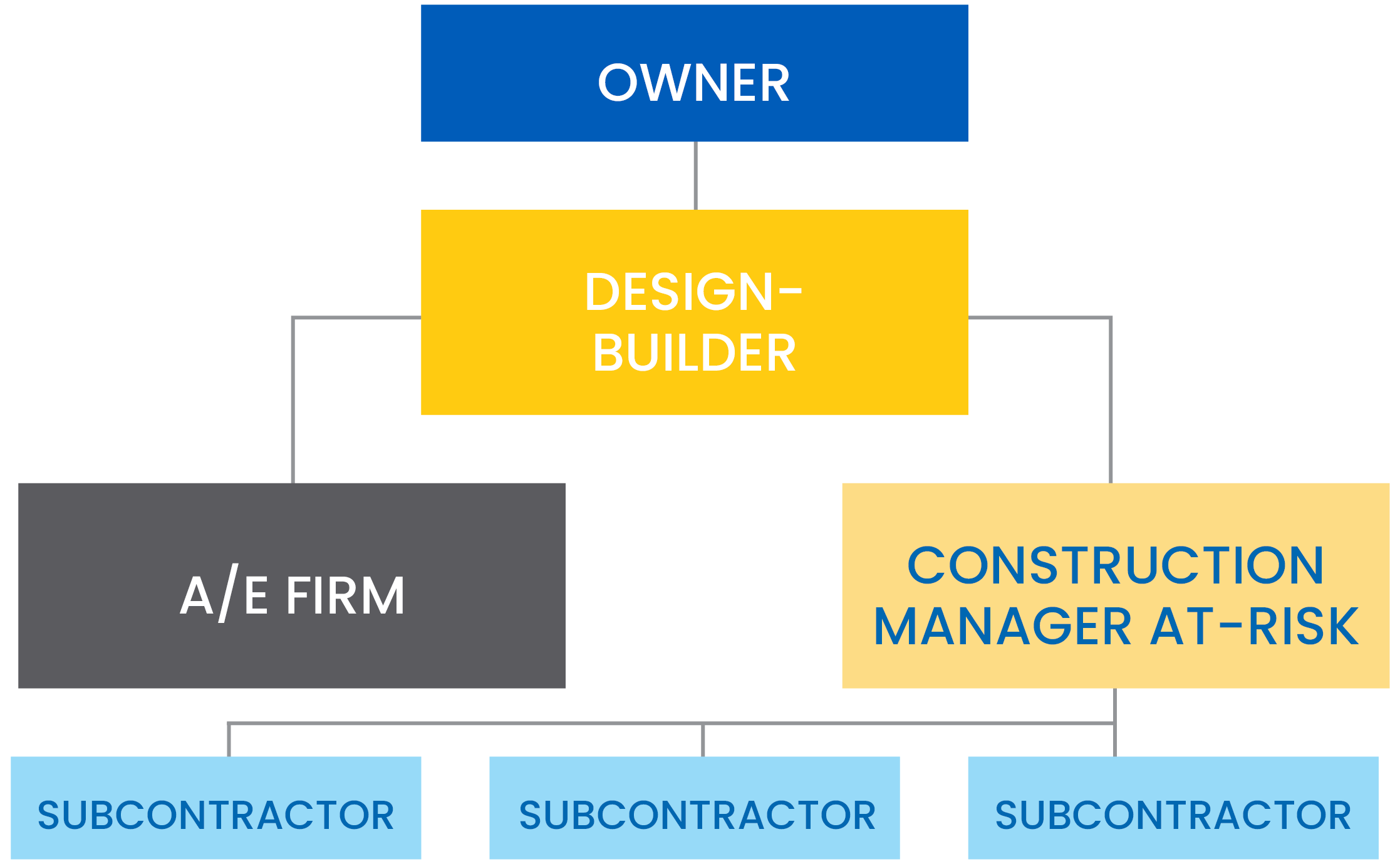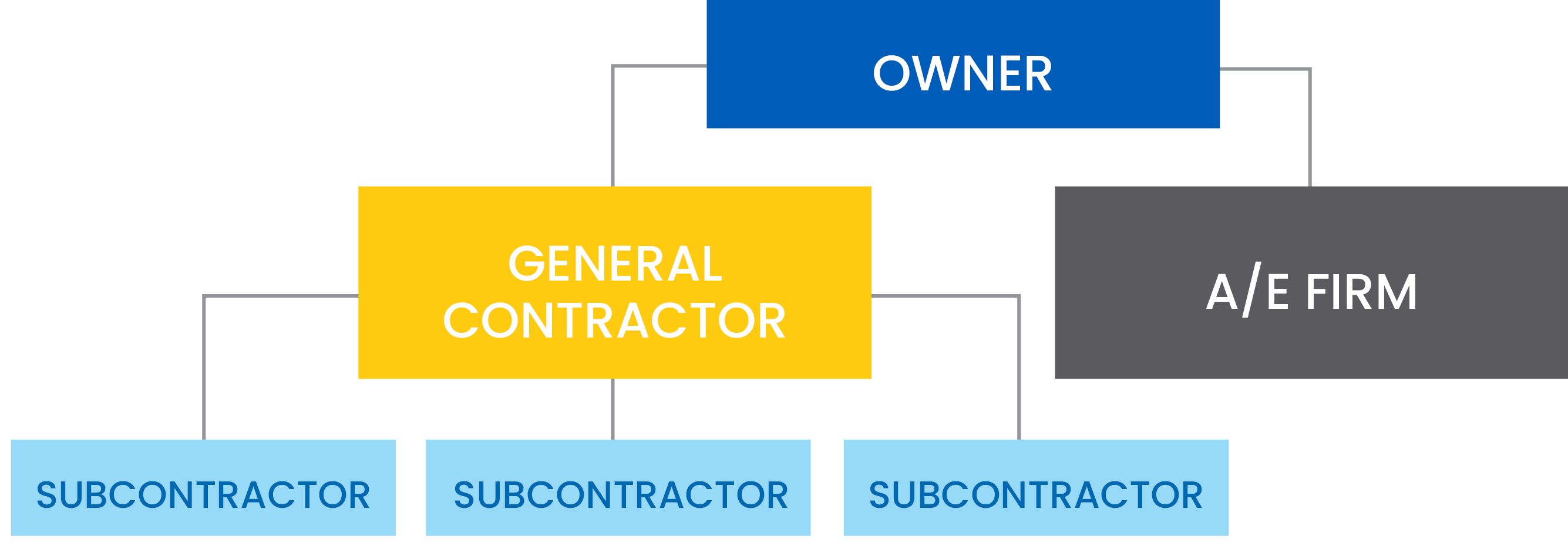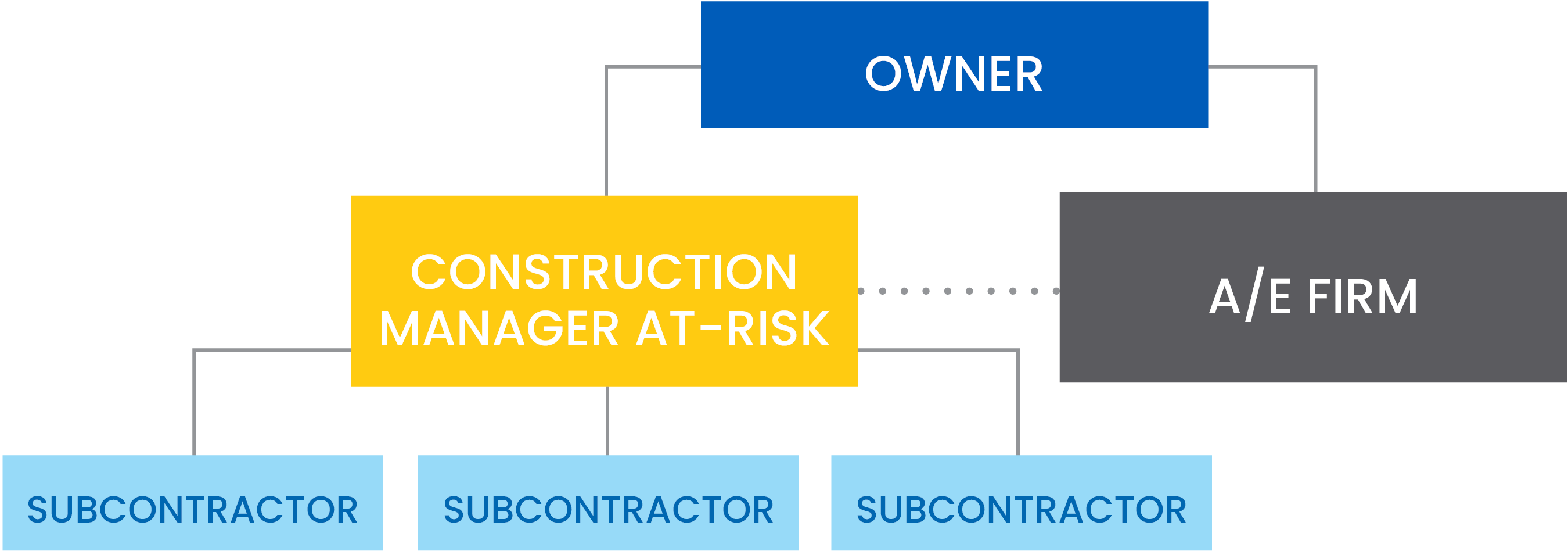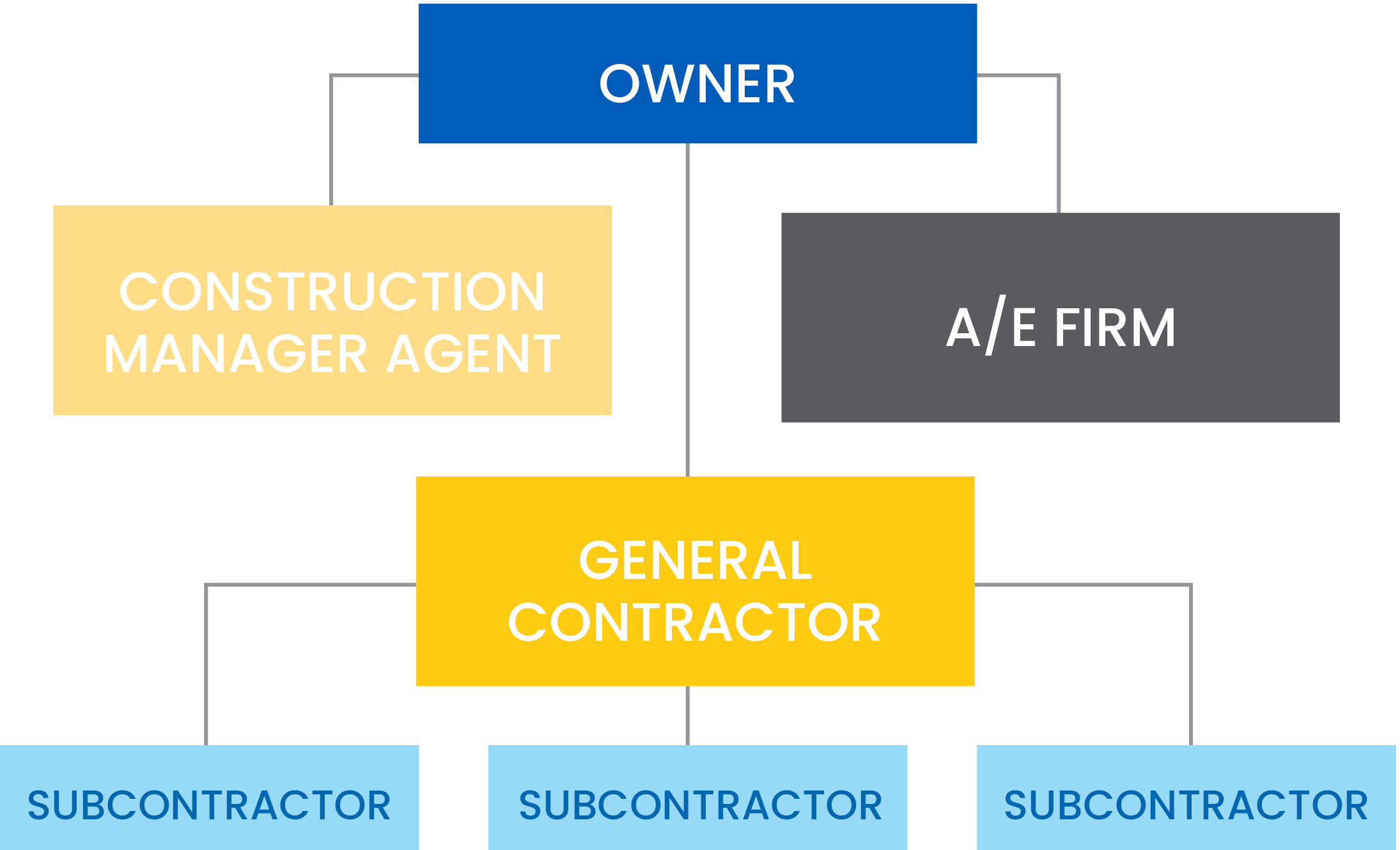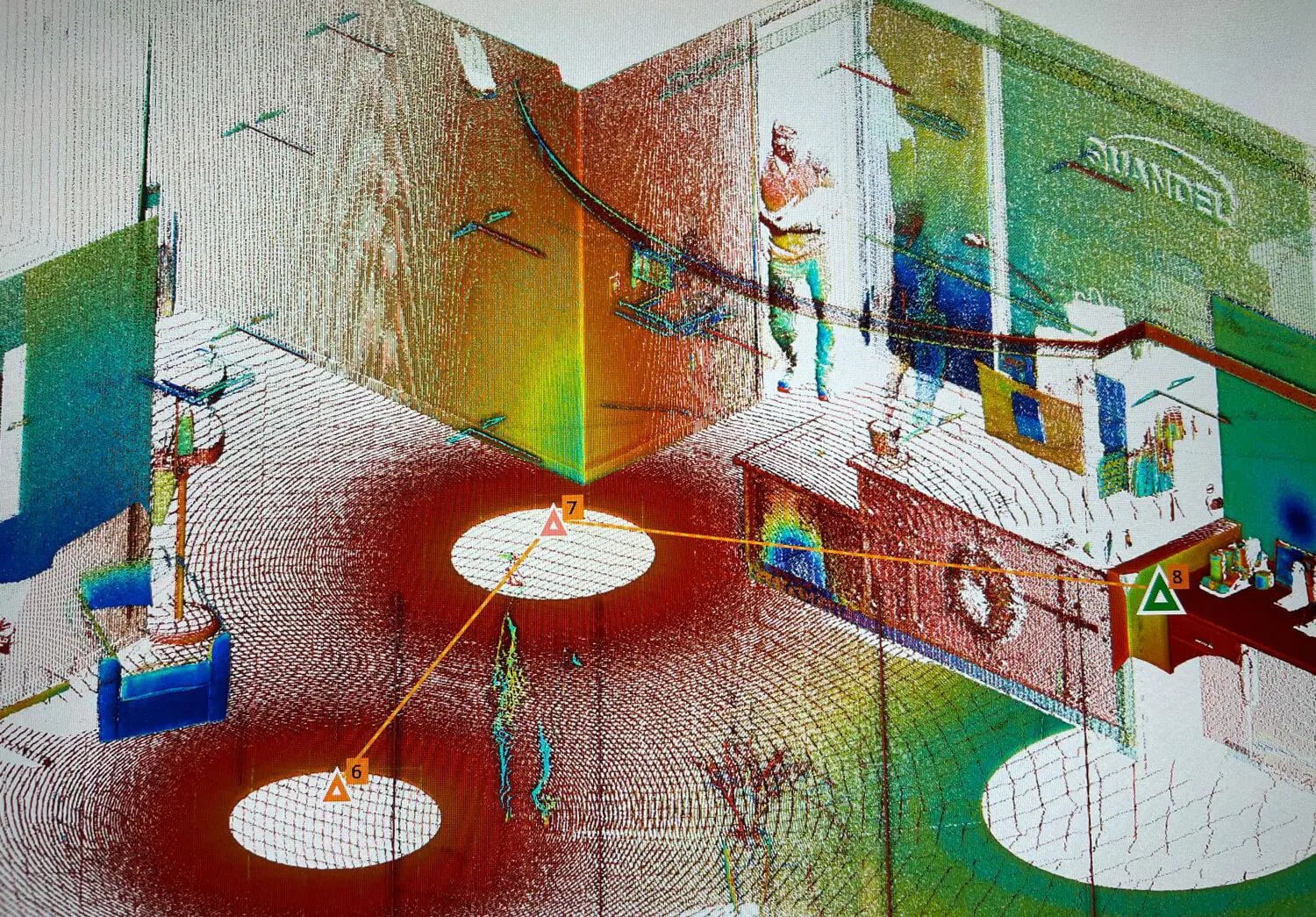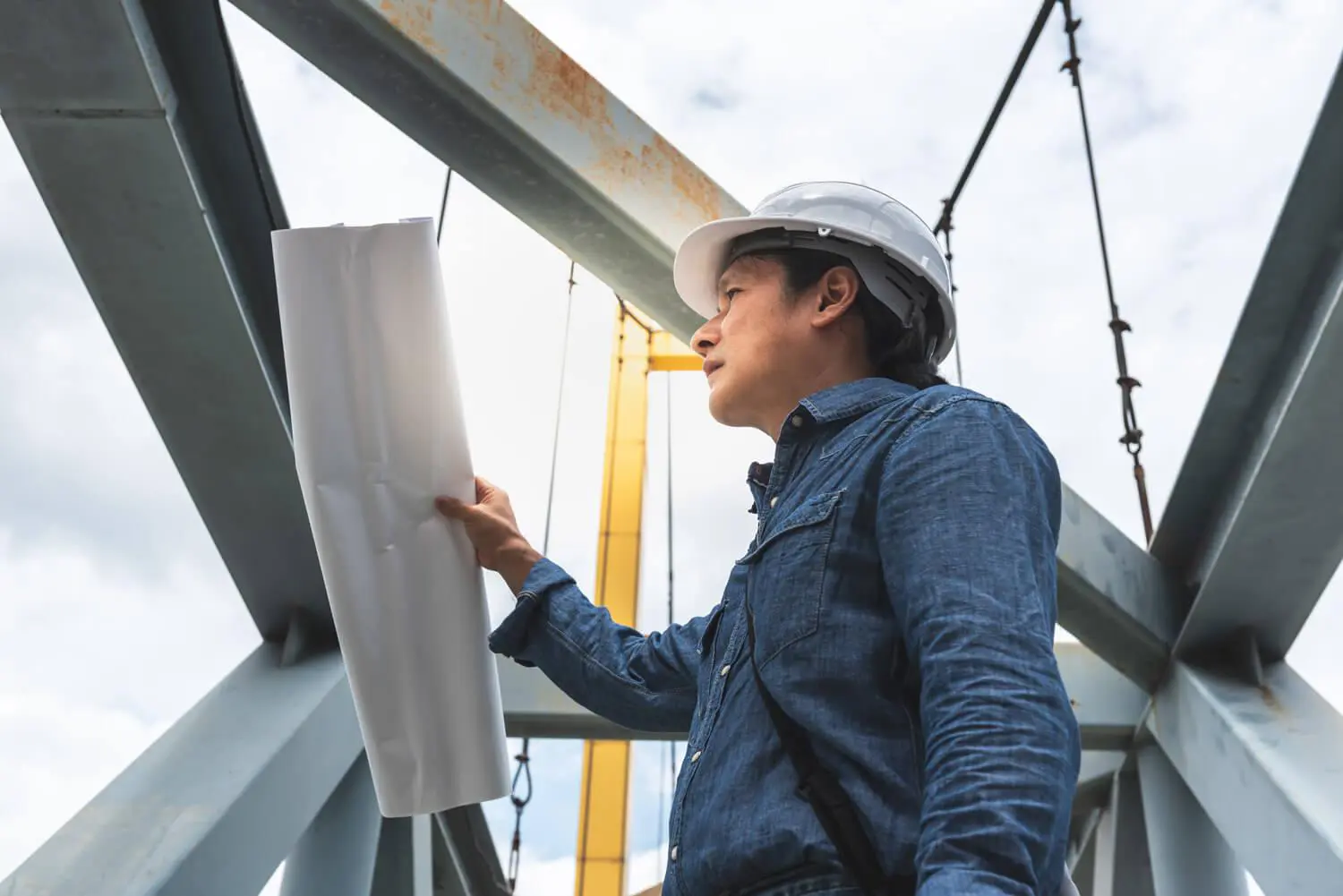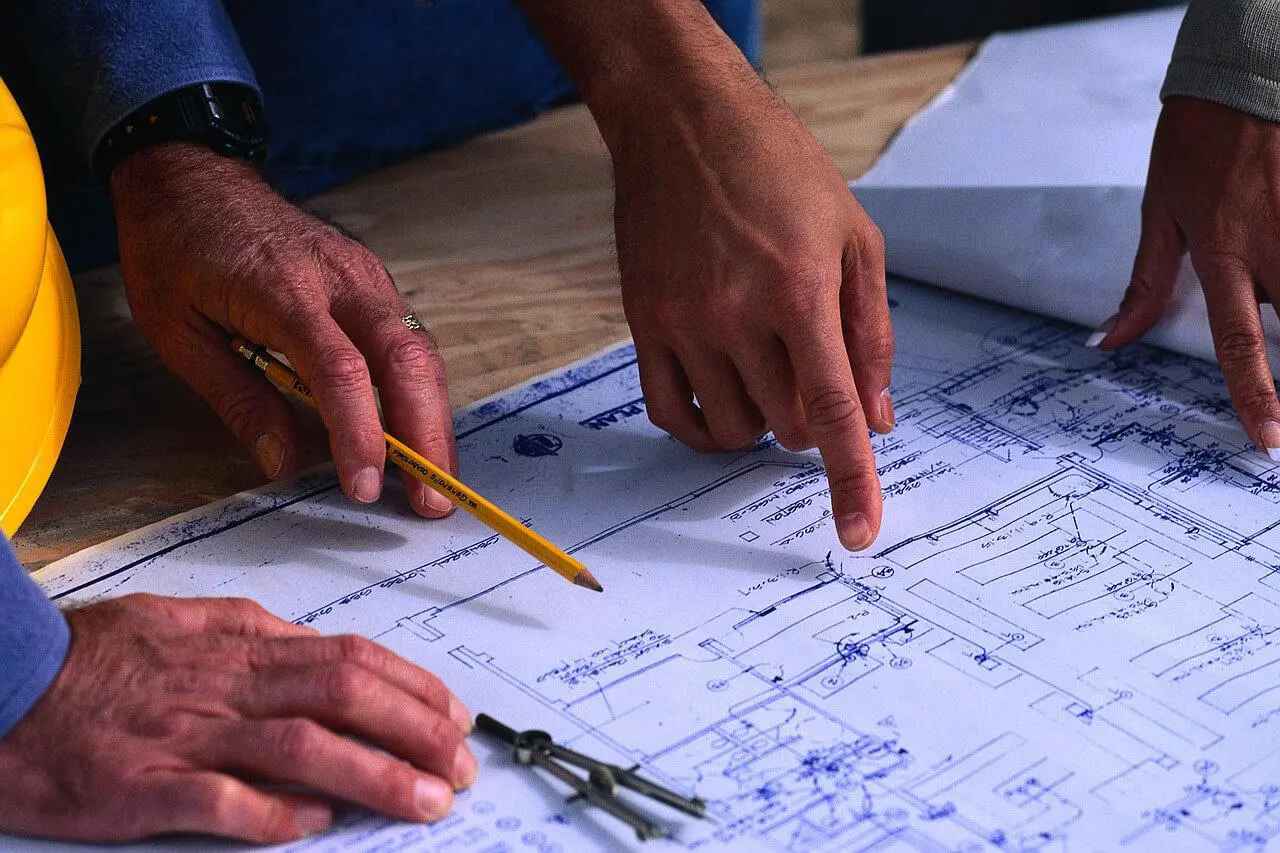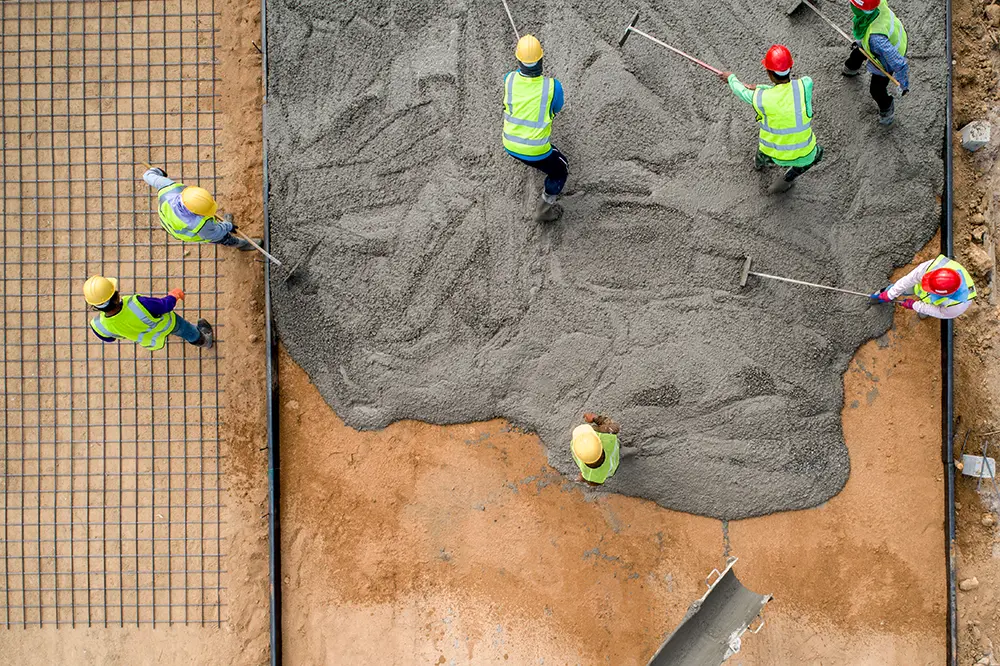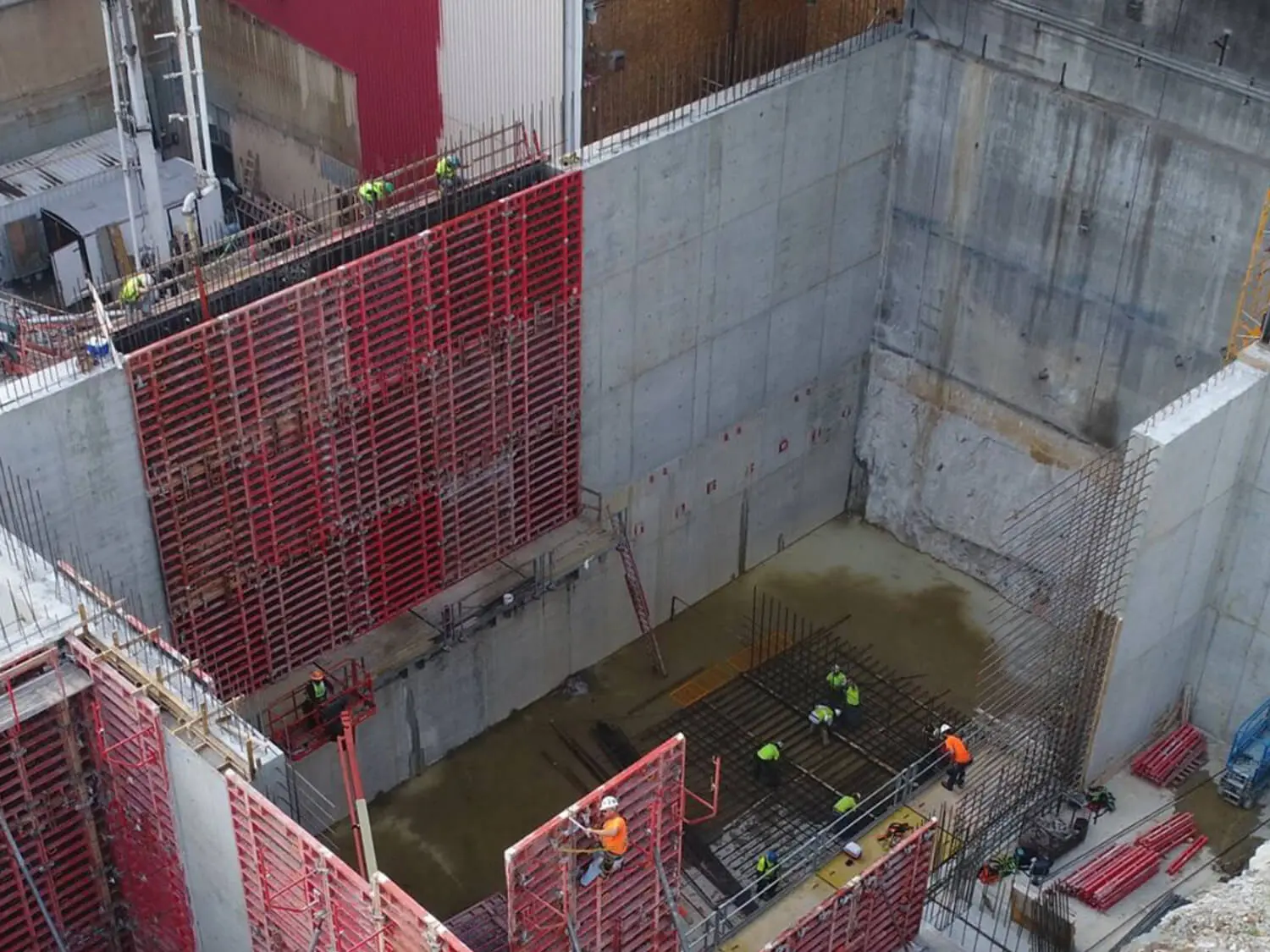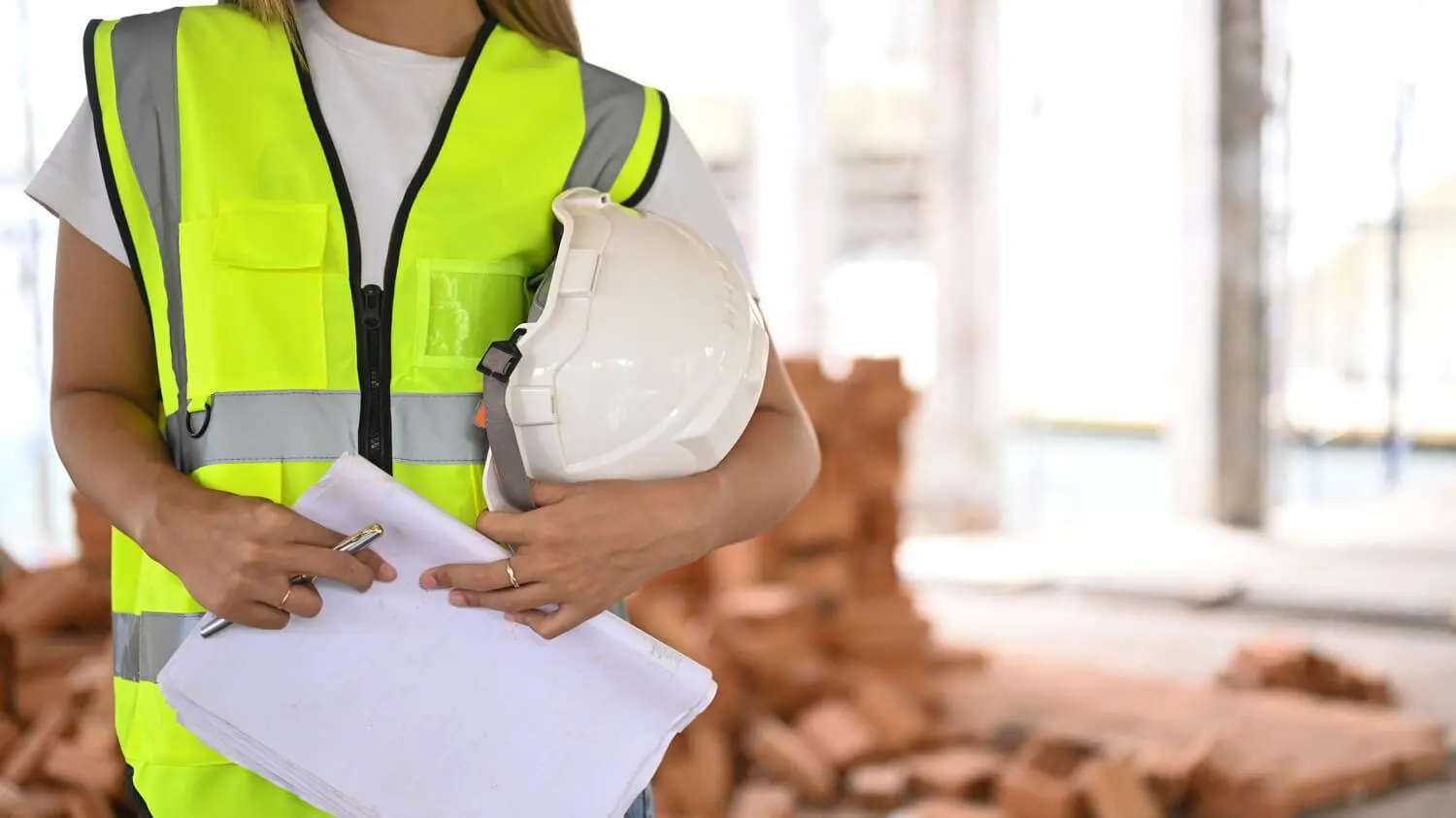Practically every month you can read about a construction worker getting injured or killed by a collapsing trench in the news. These are preventable injuries and deaths if proper planning and execution of safety precautions occur.
Regardless of the depth, trench collapses occur without warning year after year. The vast majority of trenching fatalities occurs in trenches 5- to 15-feet deep. Often times the safe-looking, good material turns out to be the unsuspecting killer. But accidents do not have to happen. The following information can help you avoid accidents.
General Requirements
- Before starting excavation, locate the overhead and underground utilities and services, and let utility companies know of soon-to-start excavation.
- Remove or support all surface encumbrances, as necessary, to safeguard employees.
- Have a safe and adequate means of exit if working in trenches four feet deep or more. This could include steps, ramps, or ladders, which run no more than 25 feet laterally.
- Wear garments that are suitably marked to reflect or are made with high-visibility material if employees are exposed to public vehicular traffic.
- Never walk beneath lifting or digging equipment loads.
- Test and control the environment prior to entry if hazardous conditions exist or if you can expect them to.
- Halt work at location unless employees are able to follow necessary safety precautions if there is accumulated water in excavations sites.
- When adjacent utility lines, foundations, walks, and or footings are endangered, more underpinning, shoring, or bracing may be necessary.
- Store spoils, equipment, and other hazardous materials at least 2 feet away, or keep them in retaining devices.
- Extra sheet piling, shoring, or bracing is required when superimposed loads (such as mobile equipment) is working close to excavation edges. Substantial barricades or stop logs also requires the use of mobile equipment near excavations.
- Have an existing and predictable hazards identifier on-site who has the authority to take fast effective action.
- Have someone capable of identifying soil classifications and the protective systems on site to use in accordance with the OSHA Excavation standard, Subpart P.
- Conduct daily excavation inspections and adjacent areas and protective systems inspections, including after every rainfall or other hazard-producing occurrence.
- Install walkways or bridges when crossing over excavations. Walkways and/or bridges at least 4 feet deep required guardrails.
- Erect guard railing or solid sheeting at a minimum of 42 inches above ground level for all tunnel shafts and bore pits.
- Barricade or cover all wells, pits, or shafts.
- Back-fill excavations upon completion.
Requirements For Protective Systems:
- When employees work in trenches more than 5 feet deep, the employer must protect them from cave-ins by using an adequate protective system. In hazardous soil, employers must provide an adequate protective system in trenches less than 5 feet deep.
- Determine maximum allowable slopes for soil or rock deposits in accordance from Table B-1, Appendix A, of the OSHA standard.
- Have a registered professional engineer design sloping or benching for excavations greater than 20 feet deep.
- Qualified personnel must design and install piling, sheeting, shoring, shields and support systems. The shoring system must be capable of withstanding all loads imposed upon it.
- Make sure material and equipment used for sheeting, sheet piling, bracing, shoring and underpinning is in good serviceable condition. Use timbers that are sound and free of defects.
- Place members of support systems in true horizontal position, spaced vertically and secured to prevent sliding, falling or kick outs.
- Progress from the bottom of the trench when removing support-system members. Slowly release jacks and supports.
- Remove support systems as you backfill the trench.
- Extend trench boxes and shields to the bottom of the trench and no less than 18 inches above the vertical part of the trench face.
- Do not allow employees in shields during their installation, removal or relocation.
- When portable trench boxes are stacked, provide attaching means to prevent them from separating.
- Do not work outside of trench shields or shoring protection in unprotected trenches.


